Sometimes, projects get too big. We get it — creative minds are always bustling with great new ideas. But beware scope creep.
What is Scope creep?
Scope creep is when a project gets far bigger than planned. Sometimes, the agency gets too excited and adds lots of unneeded features. Other times, a client asks for items outside the scope of the original project. Either way, scope creep occurs when little extra features slowly creep into the project. Before you know it, the bill ends up far larger than planned.
Why is Scope Creep Bad?
If you’re getting extra features, why’s that bad?
Instead of getting the material you need to make a stunning website, you’re paying for extra features that you don’t need. At best, these features are a waste of time and money. At worst, they’re completely counter-productive to your entire website.
Avoiding scope creep ultimately comes down to good planning and processes. If you start with a minimum viable product, for instance, you’ll easily avoid the pitfalls of scope creep.
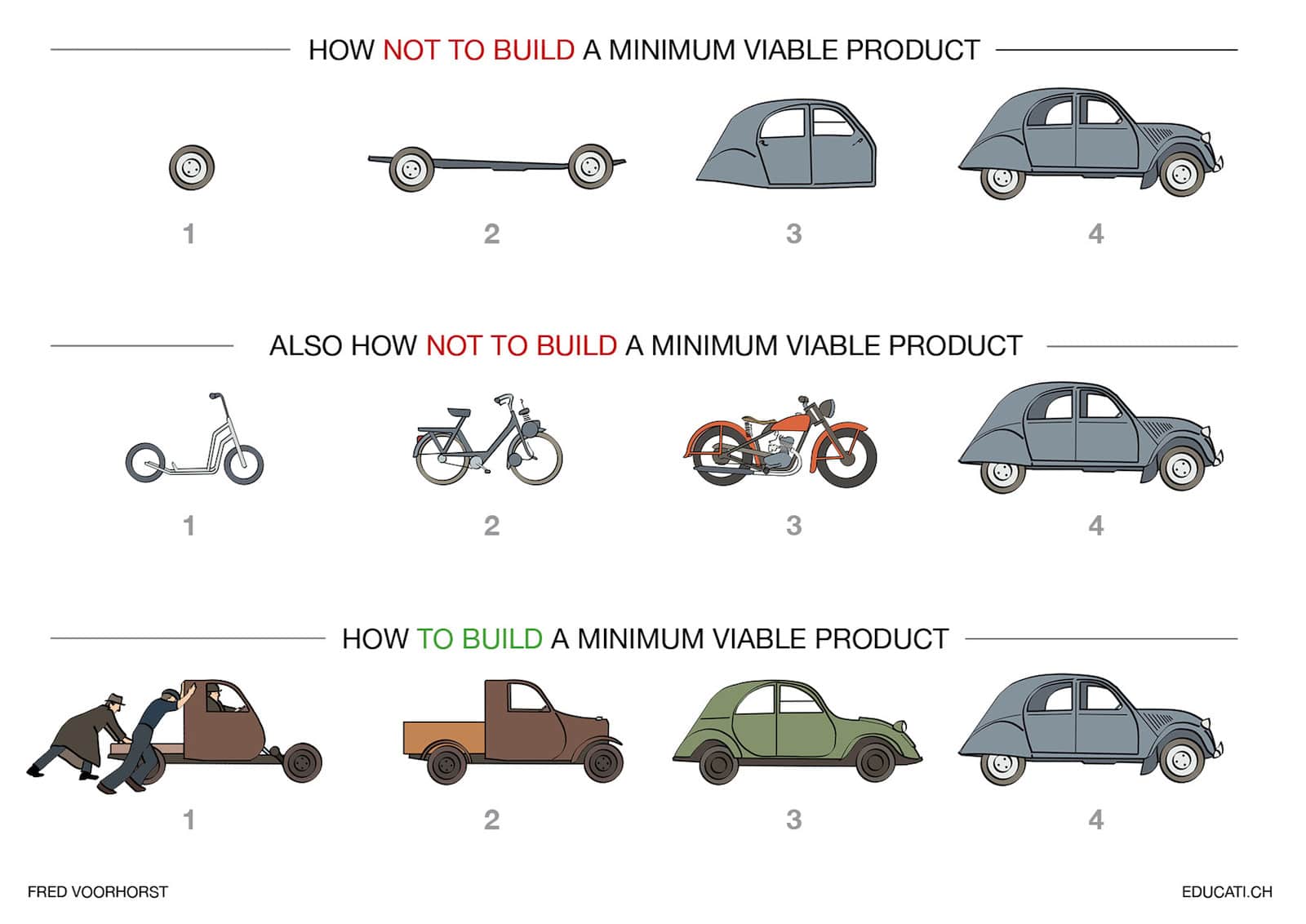
Don’t waste time and money. Instead, avoid scope creep altogether with a few simple solutions.
Solution 1: Plan
The best way to avoid scope creep is to nail down a detailed, written plan. Include pages, features, timelines, and every task you need to complete the project.
On the client side, you won’t know all the technical details that go into making a website, and that’s okay. Any good developer will have some sort of collaborative plan-making process. Fyresite uses a special spec-sheet process broken down into four parts.
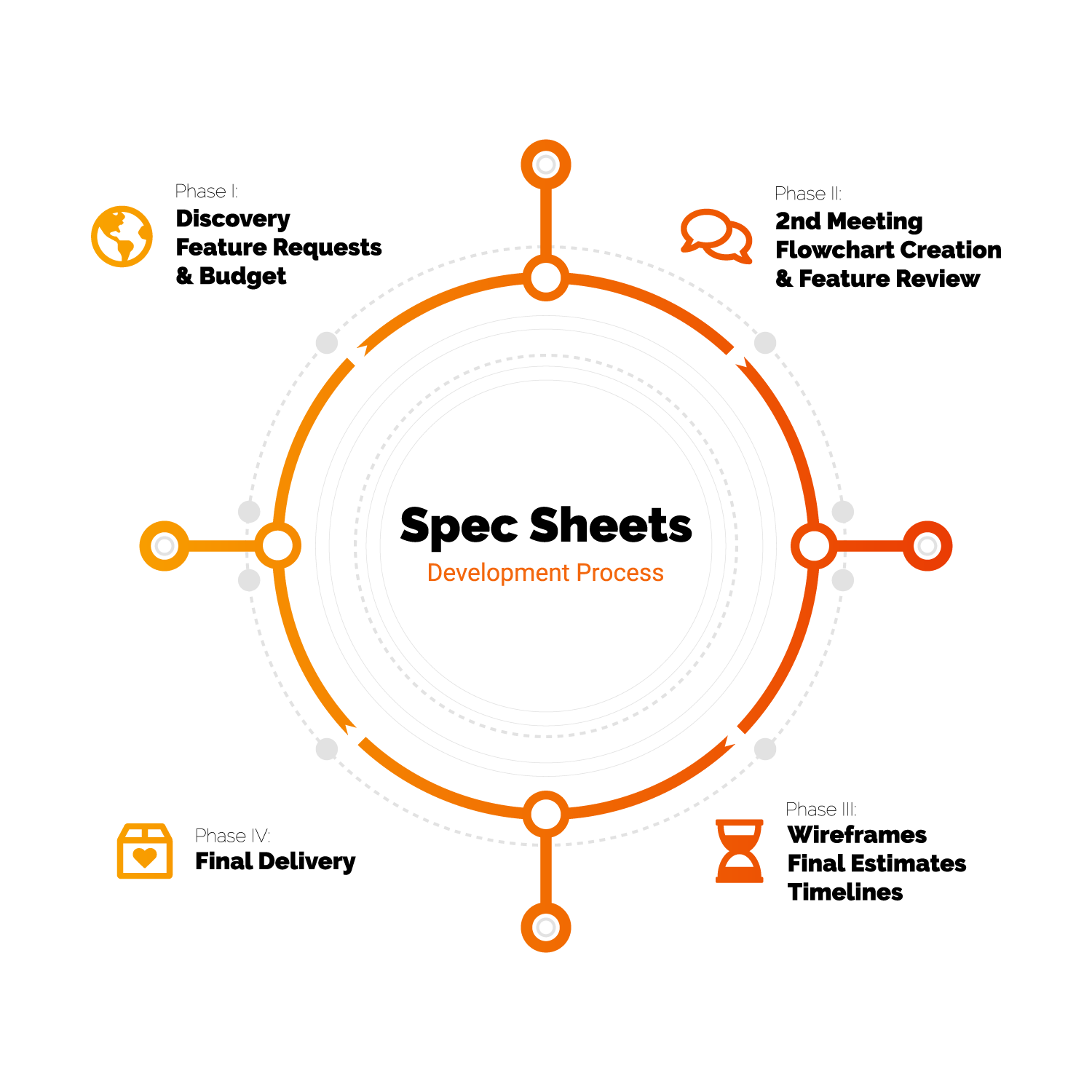
You can read more about the process in our spec sheet blog post, but in short, we meet with the client, take lots of notes, and make a special project blueprint. These spec sheets set the scope early on, which makes scope creep much harder. Here’s part of one of our spec sheets.
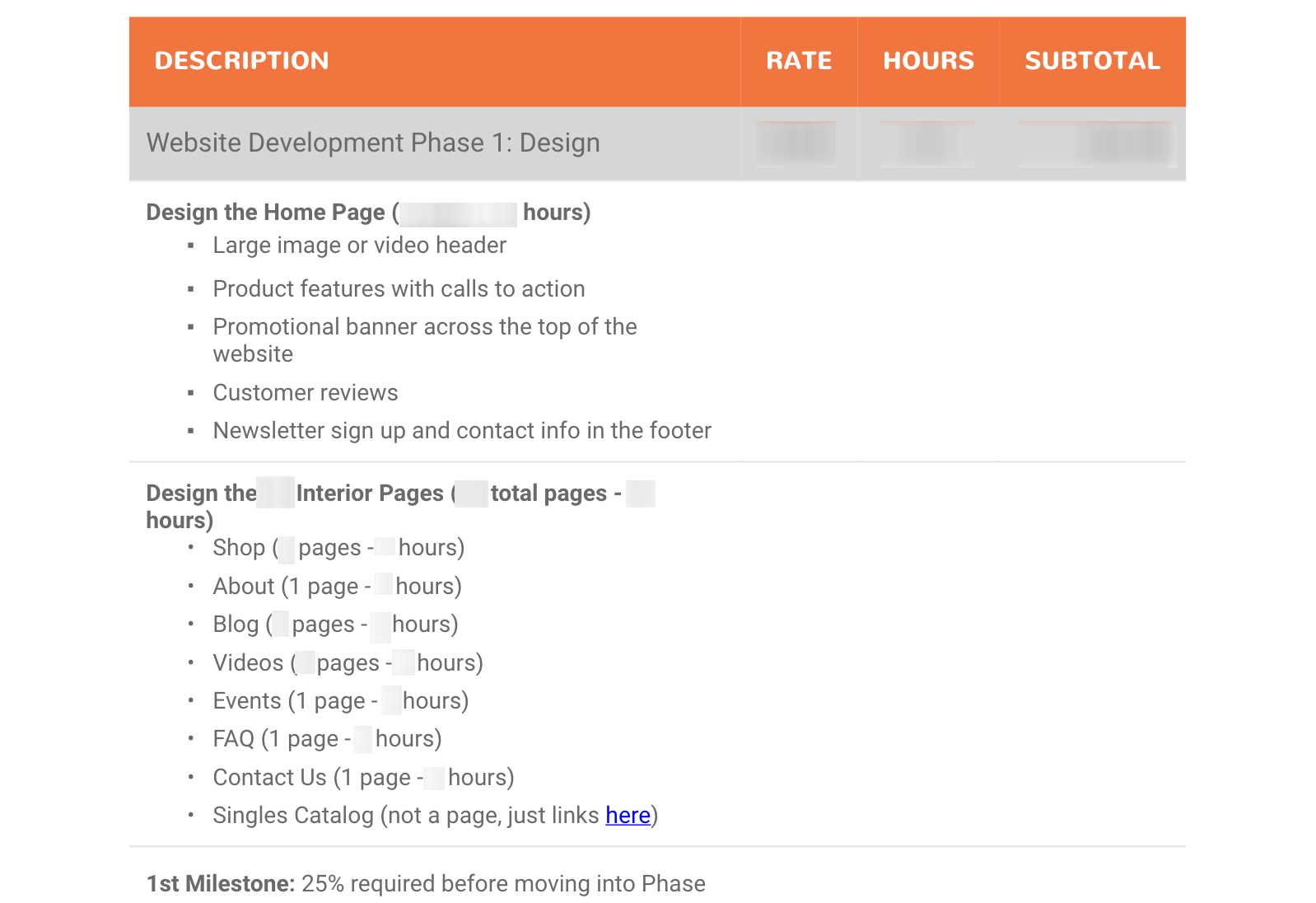
Each part of the website-building process is broken down into a list of tasks and subtasks with hour estimates. That way, we can instantly tell if a task is outside the original scope. Clients aren’t caught by surprise and never pay more than they need to.
Solution 2: Protocol
Sometimes, scope changes. Maybe your audience changes, a competitor adds a feature, or your brand gets a new face. All these instances and more can require a change of scope, and that’s okay.
If you need to amend the original scope, just make sure there’s a process in place to do so.
Many developers use an agile process. Instead of working on projects in one go, developers tackle each piece in a single cycle, evaluate, then move to the next sprint.
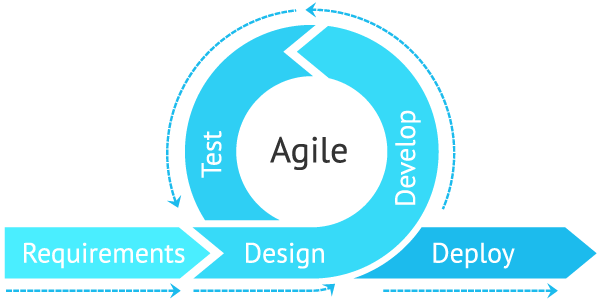
In a process like this, scope changes can occur during the testing and evaluation process. They should be kept to a minimum, but if necessary, your developers will notice the need as they code.
Solution 3: Communicate
The most painful part of scope creep is the unexpected bill, so the best way to prevent it is to communicate constantly. Any time you have a concern about scope, project details, or the development process, reach out to your developers. They’re always happy to help.
Communication is also how scope changes occur in the first place. If a developer needs to add unexpected additional tech, they should communicate before building it. And if your business needs new features, you should communicate so the team can provide their technical perspective. Make sure all your messages are super clear and detailed to avoid confusion.
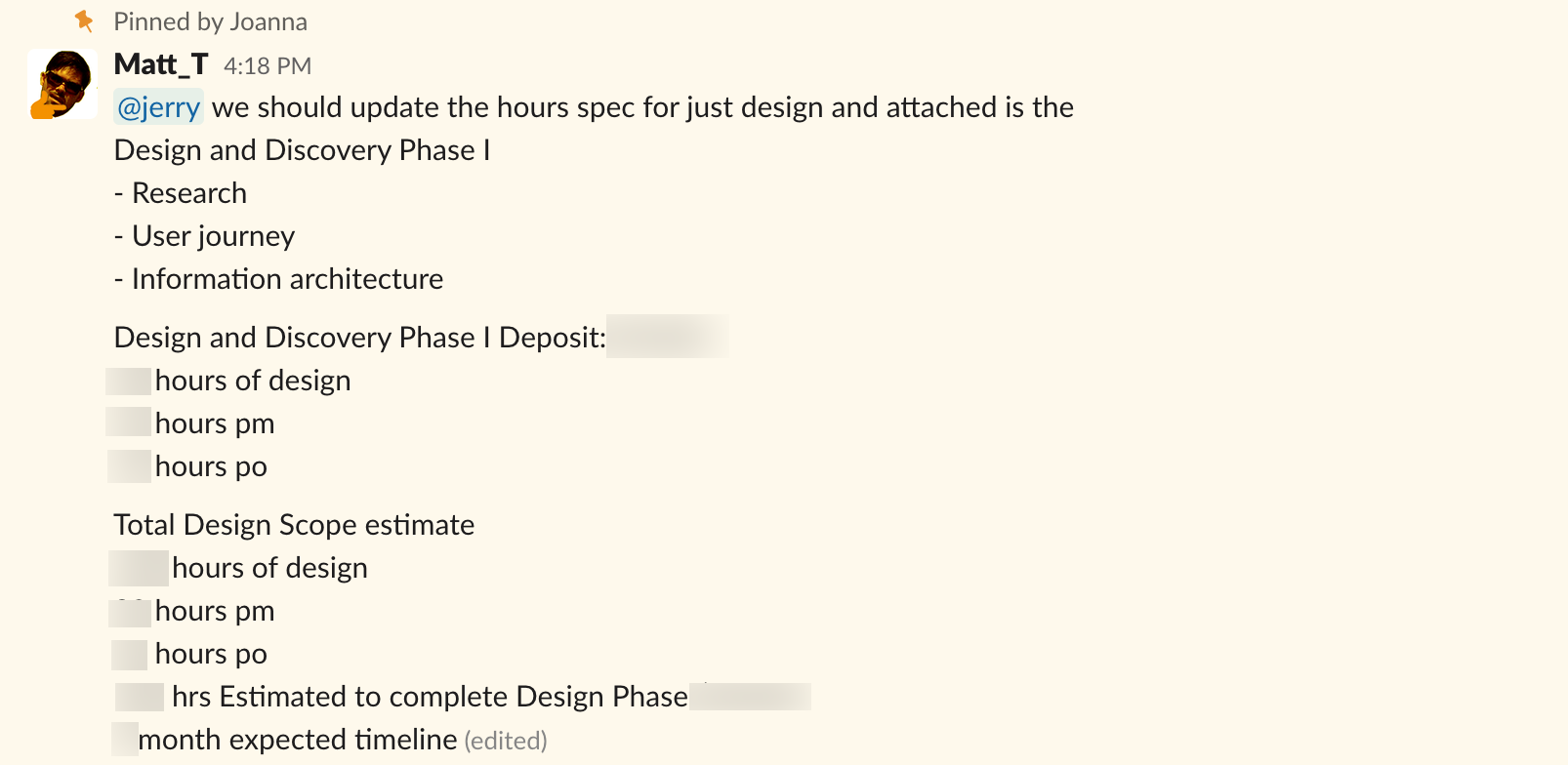
Scope creep isn’t inevitable. Enough planning, process-refinement, and communication can prevent it outright.
 Reed Steiner
Reed Steiner 

